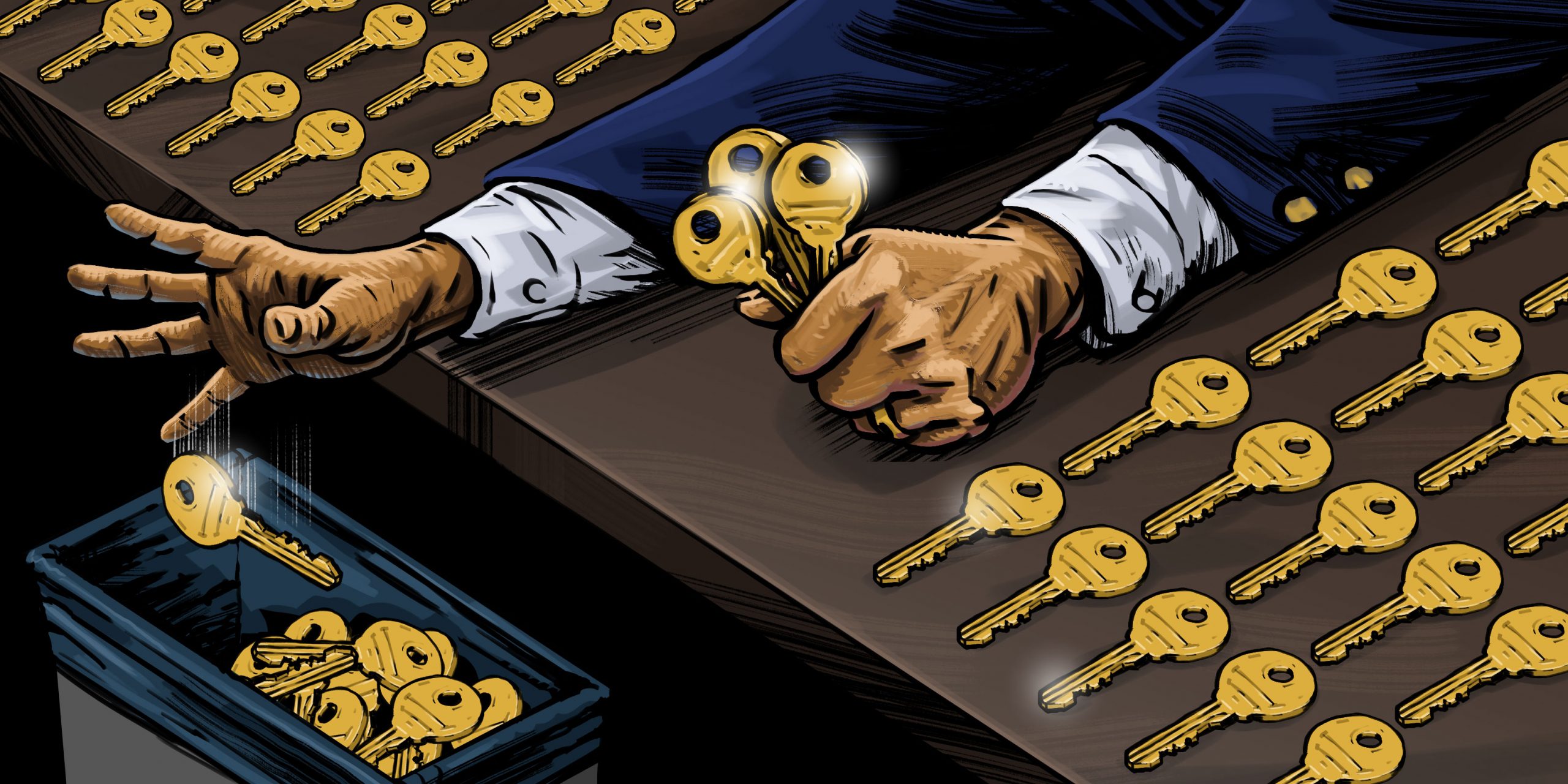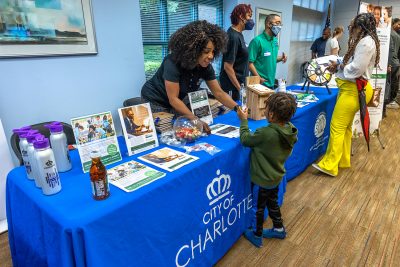by David Aaron Moore, Qnotes
If you’ve called Charlotte home since the years that surrounded the turn of the 21st century, you’ll remember when affordable housing wasn’t at the crisis level it is today. While unkept promises of mixed-income housing in the city stretches back to 1960s urban renewal, there was rarely a time or a street that didn’t have plenty of houses up for sale.
From budget-minded fixer uppers to mansion-sized turn-keys, Charlotte had no shortage of housing stock. And if you didn’t have the money to buy a home, you could opt to rent, which usually came at a much cheaper price.
Those days are long gone now.
Both racism and corporate profiteering pushed us here.
Close to half of all people renting in Mecklenburg County are — quite literally — cost-burdened, meaning more than one-third of their income is spent on the basics to live: housing and utility bills. For those who own or are buying, they’re competing (and usually losing) with Wall Street-funded investors for properties with inflated price tags, in increasingly racially-segregated neighborhoods. From where we live to where our kids go to school, racism’s role in Charlotte’s neighborhood — particularly the effects of redlining — remain our present.
Then there’s sheer economic forces.
By 2008, after nearly a decade of loans with sky-high mortgages and balloon payments that consumers didn’t understand and couldn’t afford, the American economy went belly up and the Charlotte housing market tanked.
The scores of people who would lose their homes or simply walk away from property when they saw words on documents like “foreclosure” and “loan default” was staggering, and the number of unoccupied and abandoned homes across the Charlotte-Mecklenburg region during that period is still unknown.
Leading up to that year, Charlotte had developed a reputation for being one of the country’s largest centers for banking and finance, which attracted transplants from around the country and the globe. Many new residents flocked to the Queen City, looking for financial success in their careers and an affordable way of living.
So they came, and came, and came some more.
Charlotte was sold as a place of opportunity where people could put down roots and live a comfortable life at an affordable rate.
The population exploded. In the year 2000, according to census data, the population was just over 500,000. Current figures put it at nearly 900,000 (and that’s just Charlotte, not including the metro region).
Transplants from the northern states were accustomed to paying higher prices for home purchases and rental properties. Southern transplants were used to paying similar prices, and sometimes even lower. Whatever the case, available properties were snatched up quickly and friends and extended family were encouraged to jump on the wagon train to Charlotte.
A Gleaming City on the Hill?
For some, Charlotte truly had become the gleaming city on the hill.
But all of it came at a cost. Renters were especially hit hard. People who had lived in the city for many years were often priced out of their own neighborhoods. Many homeowners sold their properties and then realized they didn’t have enough money to buy another home in the city. For workers in a lower income bracket, finding a place to live in Charlotte proper became next to impossible.
Add in the COVID-19 pandemic. Countless out of work Charlotteans were unable to pay their rent and homeowners faced the same quandary with mortgages.
Now, a slow exit from that long dark tunnel showed the only way to recoup vast amounts of lost capital was to jack up the cost of rent, homes — and just about everything else you can sell.
Is there a way to provide affordable, comfortable and attractive housing for individuals and families who wish to continue living in Charlotte?
The problem can’t be solved by one idea alone.
The Charlotte Journalism Collaborative spent the last several months investigating ideas and projects from four other cities Nashville, Philadelphia, Austin and Asheville.
Journalists from four Charlotte news outlets — The Charlotte Observer, Qnotes, WCNC and WFAE — joined forces to tell these stories. We set out to answer whether what works in those places could be part of Charlotte’s panacea — a Solutions City, of sorts.




